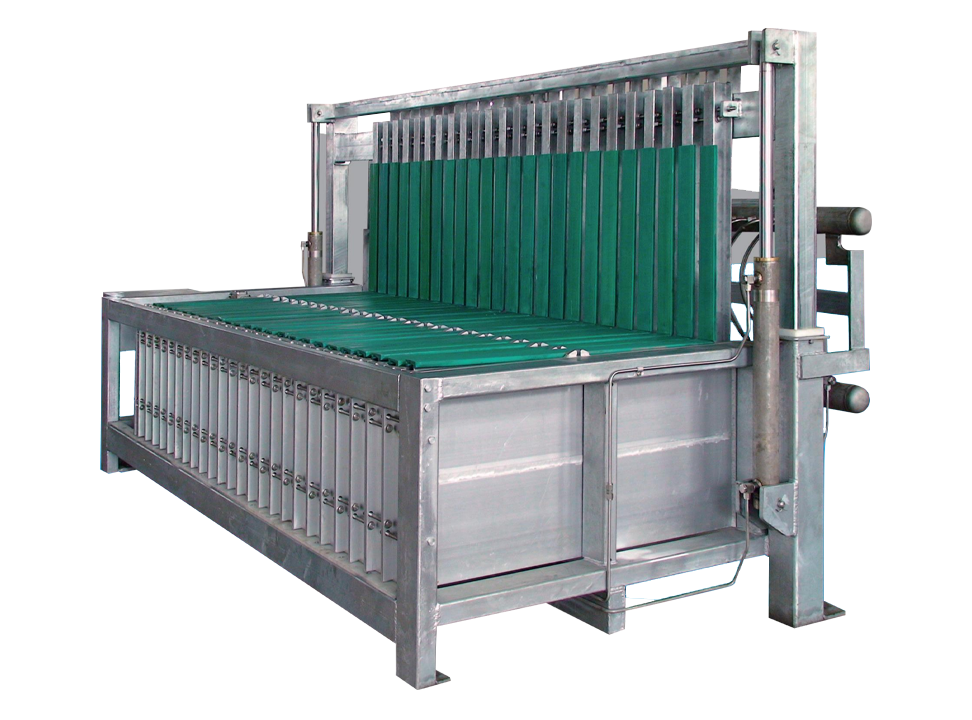In the vast world of food preservation and freezing technologies, two prominent players stand tall (or lie flat, depending on their orientation) – the Vertical Plate Freezer and the Marine Horizontal Plate Freezer. Both have their unique selling points and are widely used in various industries, particularly in seafood and meat processing. But which one truly shines regarding efficiency, versatility, and overall performance? Let’s dive into the details of this fascinating comparison: Vertical Plate Freezer vs. Marine Horizontal Plate Freezer.
1. Space Utilization and Design
The first thing that strikes any observer is the stark difference in their designs. As the name suggests, a Vertical Plate Freezer stands upright, maximizing vertical space. This design is particularly beneficial in environments with limited floor space but ceiling height allows for taller equipment. It offers a sleek, compact footprint that can fit into tight corners, making it ideal for smaller-scale operations or kitchens with space constraints.
On the other hand, the Marine Horizontal Plate Freezer sprawls horizontally, occupying a larger floor area. This layout provides a broader surface area for freezing, which can be advantageous for bulk processing. It’s often seen in larger-scale industrial settings, especially in marine environments where large catches need to be processed swiftly. The horizontal orientation also facilitates easier loading and unloading of products, particularly heavy or bulky items.
2. Freezing Efficiency and Capacity
Efficiency is key in any freezing process. Vertical Plate Freezers typically operate with a higher freezing rate per unit of surface area due to their design, which allows for closer packing of plates and products. This can result in quicker freeze times, ideal for maintaining the quality and freshness of delicate foods like fish fillets or berries.
However, Marine Horizontal Plate Freezers counter this with their ability to handle larger volumes of product simultaneously. They are designed for high-capacity freezing, perfect for industries that need to process and freeze tons of seafood or meat daily. The horizontal layout also ensures more uniform freezing, as gravity helps maintain consistent contact between the product and the freezing plates.
3. Maintenance and Operational Costs
Maintenance requirements differ slightly between the two. Vertical Plate Freezers, due to their upright design, may be easier to clean and inspect, especially in terms of accessing the internal mechanics and defrosting systems. This can translate to lower maintenance costs and downtime.
Conversely, Marine Horizontal Plate Freezers, with their broader surface area and often exposed components, may require more frequent cleaning and maintenance to prevent the build-up of ice and debris. Operational costs can also vary, with horizontal freezers generally consuming more energy due to their larger size and the need for consistent temperature regulation across a broader surface.
4. Versatility and Applications
Both types of freezers excel in specific applications. Thanks to their compact size and adaptability, vertical Plate Freezers are highly versatile and can be found in various settings, from commercial kitchens to research facilities. They are particularly suited for quick-freeze applications where speed and product quality are paramount.
Marine Horizontal Plate Freezers, on the other hand, are the go-to for heavy-duty industrial use. They are indispensable in fish processing plants, meat factories, and any operation that deals with large-scale freezing of perishable goods. Their robust design and high capacity make them ideal for environments where reliability and durability are non-negotiable.
Conclusion: A Matter of Preference and Need
In the battle of Vertical Plate Freezer vs. Marine Horizontal Plate Freezer, there is no clear-cut winner. The choice between the two ultimately boils down to the specific needs and constraints of your operation. A Vertical Plate Freezer might be the perfect fit if you’re working with limited space and require quick, efficient freezing for smaller batches. However, if you need a high-capacity, durable freezing solution for large-scale processing, the Marine Horizontal Plate Freezer is your best bet.
Ultimately, understanding the nuances of each type and aligning them with your operational requirements will ensure you make the right choice for your business. Happy freezing!
Related articles:
Contact plate quick freezing: the secret of “quick freezing” to keep food fresh


